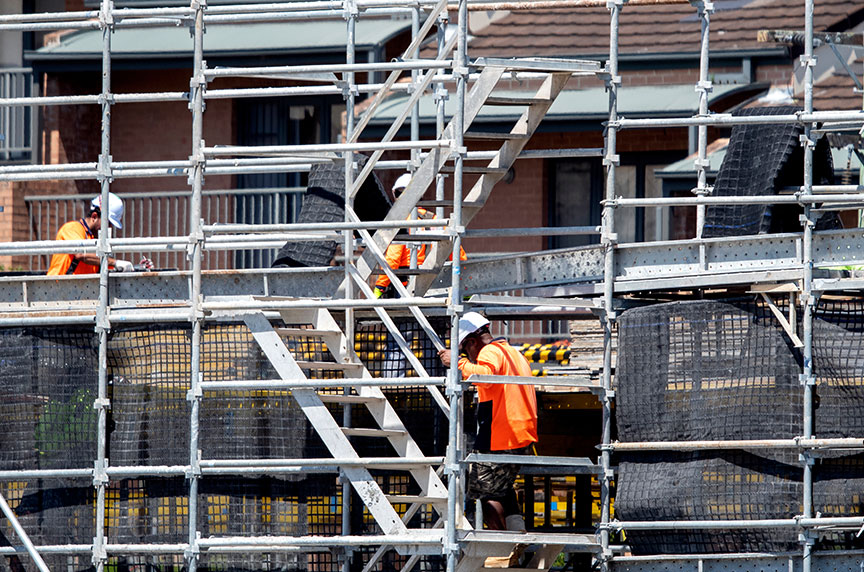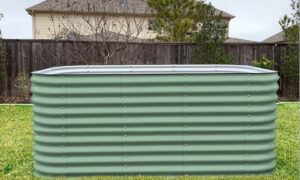Stairways are an exceptionally normal strolling surface in many work environments. Tumbles from steps might prompt genuine wounds or even passing. Managers should go to lengths in their work environments to shield representatives from slip, excursion, and fall perils on any strolling/working surface and workers have an obligation to utilize OSHA stairs accurately, as expected.
OSHA General Industry Standard 1910.135(b)(11)(i) states that the business should guarantee every representative presented to an unprotected side or edge of a flight of stairs handling that is 4 feet (1.2 m) or more over a lower level is ensured by a guardrail or stairways.
Prudent steps are important to guarantee stairways fall counteraction:
1. Steps Design:
- Tracks will have a uniform run and track profundity that doesn’t fluctuate more than 0.5 to 1 cm
- The greatest steps slant of 30º-35º is the suggested range.
- The non-tricky surface overall advances or if nothing else on the main edges is significant.
- Stairways with in excess of 12 stages ought to have a middle-of-the-road arrival. Arrivals should be drained of any raised regions or excursion risks.
2. Perceivability:
- Ensure your flight of stairs is sufficiently bright
- Has your vision been looked at consistently?
- Utilize rakish lighting and shading difference to further develop profundity discernment.
- Utilize matte completions on the tracks to stay away from the glare.
- Utilize low-glare upward lighting to make track nosings obviously noticeable and forestall solid shadows.
- Introduce light switches at both the base and the highest point of the steps so you don’t need to navigate a dark flight of stairs.
- Putting nightlights in passages and arrivals for added perceivability.
- Broken or breaking down lighting ought to be fixed or supplanted.
3. Handrails:
- Utilize a solid handrail to assist you with keeping your equilibrium
- Handrails ought to expand the full length of the steps and marginally past the top and base, without a break.
- Handrails should rest at grown-up elbow tallness (35 ½ to 38 in.)
- Ensure the open region under the top rail to the means by introducing a decent boundary.
4. Housekeeping:
- Nothing ought to be standing out the surfaces of steps, handrails, or railings (like nails or splinters) that could cause a fall.
- Spills, wet spots, or any garbage ought to be quickly tidied up.
- Be wary of ecological conditions like ice, snow, or downpour gathering that might expand upon the means of stairways.
- Steps should be kept spotless and liberated from garbage, trash, and whatever might make the means be dangerous.
5. Different insurances:
- Try not to convey objects with two hands while utilizing the steps.
- Try not to convey massive items that block your vision while utilizing the steps.
- Give your flight of stairs another once-over. Inspect your flight of stairs before you go up or down to assist with killing dangers you might have neglected.
- Wear shoes with slip-safe soles, similar to elastic soles. Climbing steps on exposed feet or in shoes can be a hazardous business, especially assuming you have a smooth wooden flight of stairs.
- Proceed cautiously and avoid outwardly diverting examples on the tracks.
- Guarantee stairways support.
More tips to make certain to accentuate in your next security meeting on Stairways:
- Ensure your shoes are tied prior to utilizing any stairways.
- When strolling with others, set a genuine model by strolling all over the steps cautiously while utilizing the handrail.
- Report or tidy up spills or waste found on the steps.
- Report any circumstance in which there is deficient lighting given on any work environment flight of stairs, inside or outside.
- Never run up or down the steps and keep away from interruptions like perusing a paper or checking out your phone.













